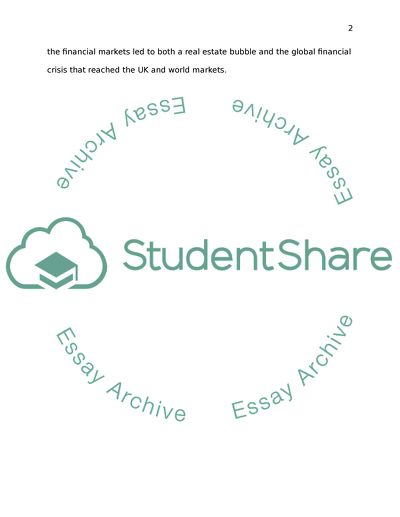Cite this document
(“Critically evaluate the reasons for the recent global financial crisis Essay”, n.d.)
Retrieved from https://studentshare.org/environmental-studies/1411821-critically-evaluate-the-reasons-for-the-recent
Retrieved from https://studentshare.org/environmental-studies/1411821-critically-evaluate-the-reasons-for-the-recent
(Critically Evaluate the Reasons for the Recent Global Financial Crisis Essay)
https://studentshare.org/environmental-studies/1411821-critically-evaluate-the-reasons-for-the-recent.
https://studentshare.org/environmental-studies/1411821-critically-evaluate-the-reasons-for-the-recent.
“Critically Evaluate the Reasons for the Recent Global Financial Crisis Essay”, n.d. https://studentshare.org/environmental-studies/1411821-critically-evaluate-the-reasons-for-the-recent.


